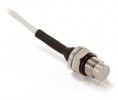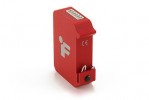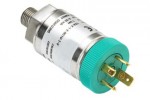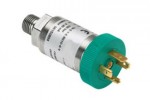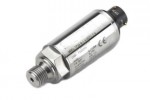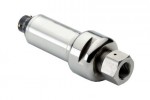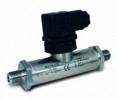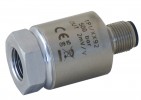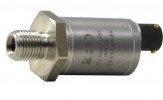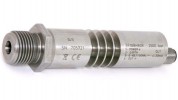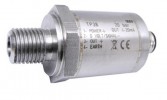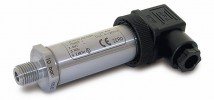Supersonic Tunnel Pressure
.
Supersonic wind tunnels allow the observation of high-speed aerodynamics in the laboratory. As air moves through the tunnel, it is accelerated through a nozzle to supersonic speeds. The air moves over the sample in the test section, generating shock waves as the air slows to transonic speeds. All of this happens in microseconds and requires high-speed sensors to record the pressure in the tunnel throat and at various points in the model. To do this, miniature embedded pressure sensors are built into the wind tunnel.
.
How does it work :
- The PFT510 pressure sensors are installed at critical points in the wind tunnel. In this example, the sensors are mounted in the pressure vessel, the throat and at three locations in the test section.
- During wind tunnel operation, the pressure sensors capture data at key points in the wind tunnel.
- The high natural frequency of the sensors (6 kHz - 100 kHz) allows them to respond to rapidly changing environmental characteristics.
- The output of the sensors is then captured with the USB220 High-Resolution USB solution and recorded on a PC running SENSIT.
- Using the live data stream, SENSIT's mathematical function can calculate and display the pressure difference or pressure ratio between two sensors.
- Our USB solutions can be integrated with compatible temperature sensors allowing the graphical representation of pressure versus temperature in SENSIT.
- Alternatively, the sensor output can be amplified with the IAA series analog amplifiers and captured by a third party DAQ. Very low noise, wide bandwidth (50 kHz) differential amplifiers such as the IAA300 can be used to keep pace with these high speed sensors.
.
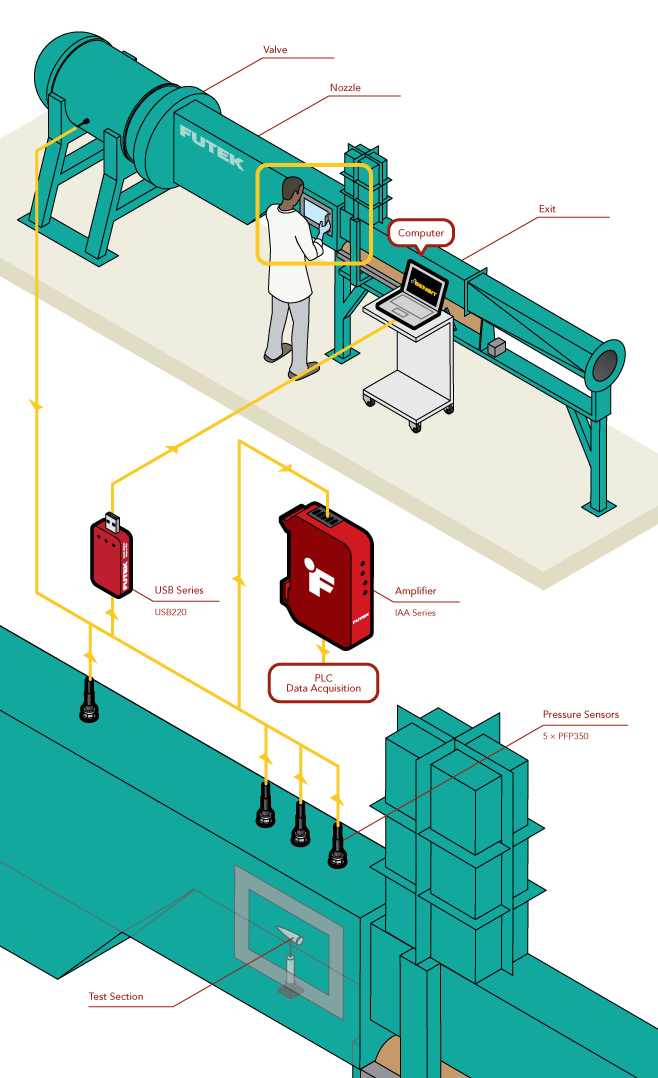
.
Products Used :
Five PFT510 flush-mounted diaphragm pressure transducers combined with instrumentation (IAA series or USB220)
.

